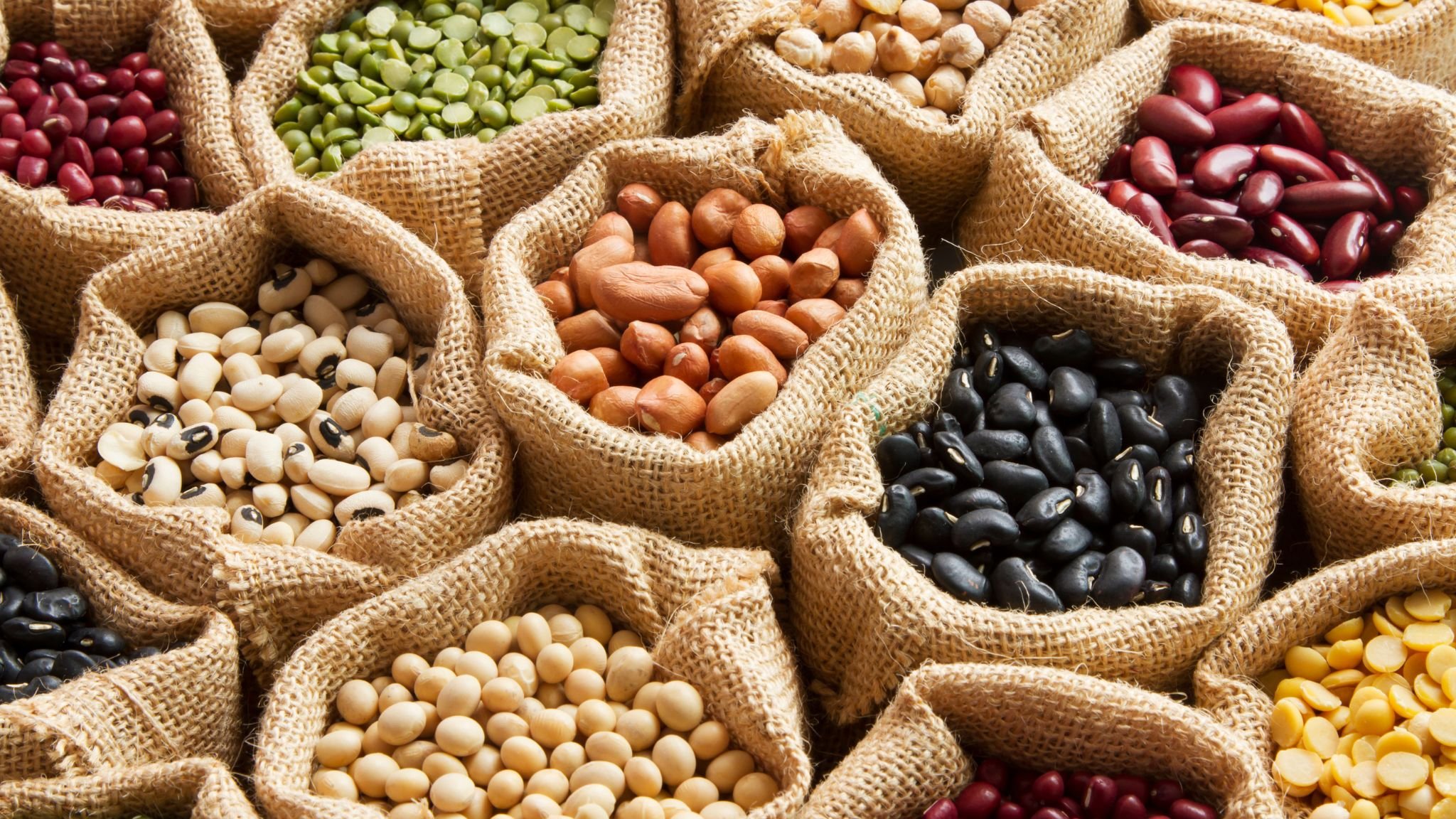5 Essential Food Sources You Must Have in Your Diet: Part 1 – Fibre
Good health starts with what’s on your plate, and some nutrients are so vital that skipping them could mean missing out on optimal well-being. Over the next five blog posts, we’ll dive deep into five essential food sources that you mustinclude in your diet:
Fibre
Protein
Omega-3
Probiotics
Antioxidants
Each of these plays a critical role in supporting digestion, immune function, heart health, and overall longevity. Today, we’re kicking off with fibre—a powerhouse nutrient that far too many people are missing out on.
Beans and Legumes are a rich source of fibre
Why Fibre is Essential for Your Health
Fibre is more than just a digestion aid—it’s the foundation of gut health, metabolic balance, and even disease prevention. It feeds beneficial gut bacteria, stabilizes blood sugar, improves cholesterol levels, and promotes healthy digestion. Yet, the average American consumes only about 12 grams of fibre per day, falling drastically short of the recommended 50 grams for optimal health.
Without enough fibre, you may experience poor digestion, sluggish metabolism, inflammation, and an increased risk of chronic diseases like heart disease and diabetes. The key to getting enough fibre? Choosing the right food sources.
The Best Whole Food Sources of Fibre
Not all fibre sources are created equal. While many people think of fruit as a high-fibre option, the truth is that most fruits don’t contain nearly as much fibre as we assume. For example, a cup of raspberries contains 8 grams of fibre—decent, but nowhere near enough to reach your daily needs.
To truly boost your fibre intake, focus on these nutrient-dense whole foods:
1. Beans & Legumes (15–20g per cup)
Beans and legumes are among the richest sources of fibre. Black beans, chickpeas, lentils, and kidney beans offer a powerful combination of fibre, protein, and prebiotic compounds that fuel a thriving gut microbiome.
2. Chia Seeds & Basil Seeds (10g per 2 tbsp)
These tiny superfoods pack an incredible fibre punch. They absorb liquid and form a gel-like consistency, helping with digestion and keeping you full for longer.
3. Most Nuts & Seeds (3–7g per ounce)
Almonds, walnuts, flaxseeds, and sunflower seeds all provide a balance of healthy fats, protein, and fibre, making them an easy way to increase your intake.
4. Whole Grains (5–8g per cup, cooked)
Ditch the refined grains and opt for quinoa, farro, barley, and steel-cut oats to maximize fibre intake. Whole grains keep your blood sugar stable and help regulate digestion.
5. Vegetables (Especially Leafy Greens & Cruciferous Veggies) (5–9g per cup)
Dark leafy greens like kale, spinach, and Swiss chard, along with cruciferous vegetables like broccoli, Brussels sprouts, and cauliflower, provide fibre along with powerful antioxidants.
6. Root Vegetables & Tubers (4–7g per cup)
Carrots, sweet potatoes, and beets are fantastic sources of fibre, plus they come packed with essential vitamins and minerals.
7. Berries (The Best Fruit Source of Fibre) (5–8g per cup)
Raspberries, blackberries, and strawberries are among the highest-fibre fruits. While fruit isn’t the best fibre source overall, these options can still contribute to your daily intake.
How to Get More Fibre in Your Diet
Getting to 50 grams of fibre per day is easier than you think when you have the right foods stocked in your kitchen. Here’s how to boost your intake effortlessly:
✅ Start Your Day with Fibre: Add chia seeds, flaxseeds, or nuts to your morning smoothie or oatmeal.
✅ Swap Processed Carbs for Whole Grains: Ditch white rice and pasta in favor of fiber-rich grains like quinoa or farro.
✅ Eat More Beans & Legumes: Make them the star of your meals—add them to salads, soups, and grain bowls.
✅ Snack Smart: Keep a mix of nuts, seeds, and cut-up veggies on hand instead of reaching for processed snacks.
✅ Get Creative with Vegetables: Roast, sauté, or add more raw veggies to every meal for an easy fibre boost.
Up Next: Why You Need More Protein in Your Diet
Now that you understand the power of fibre, we’ll move on to protein in the next post—why you need it, where to get the best sources, and how to ensure you’re eating enough. Stay tuned for Part 2 of our 5 Essential Food Sources You Must Have in Your Diet!

